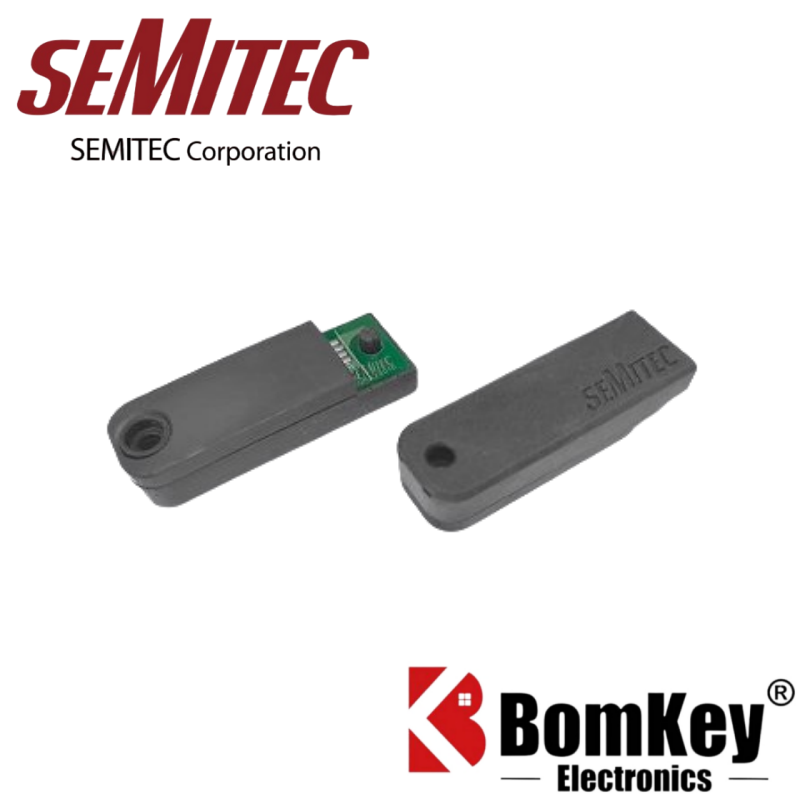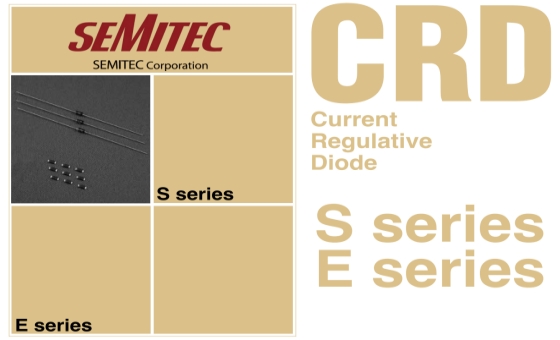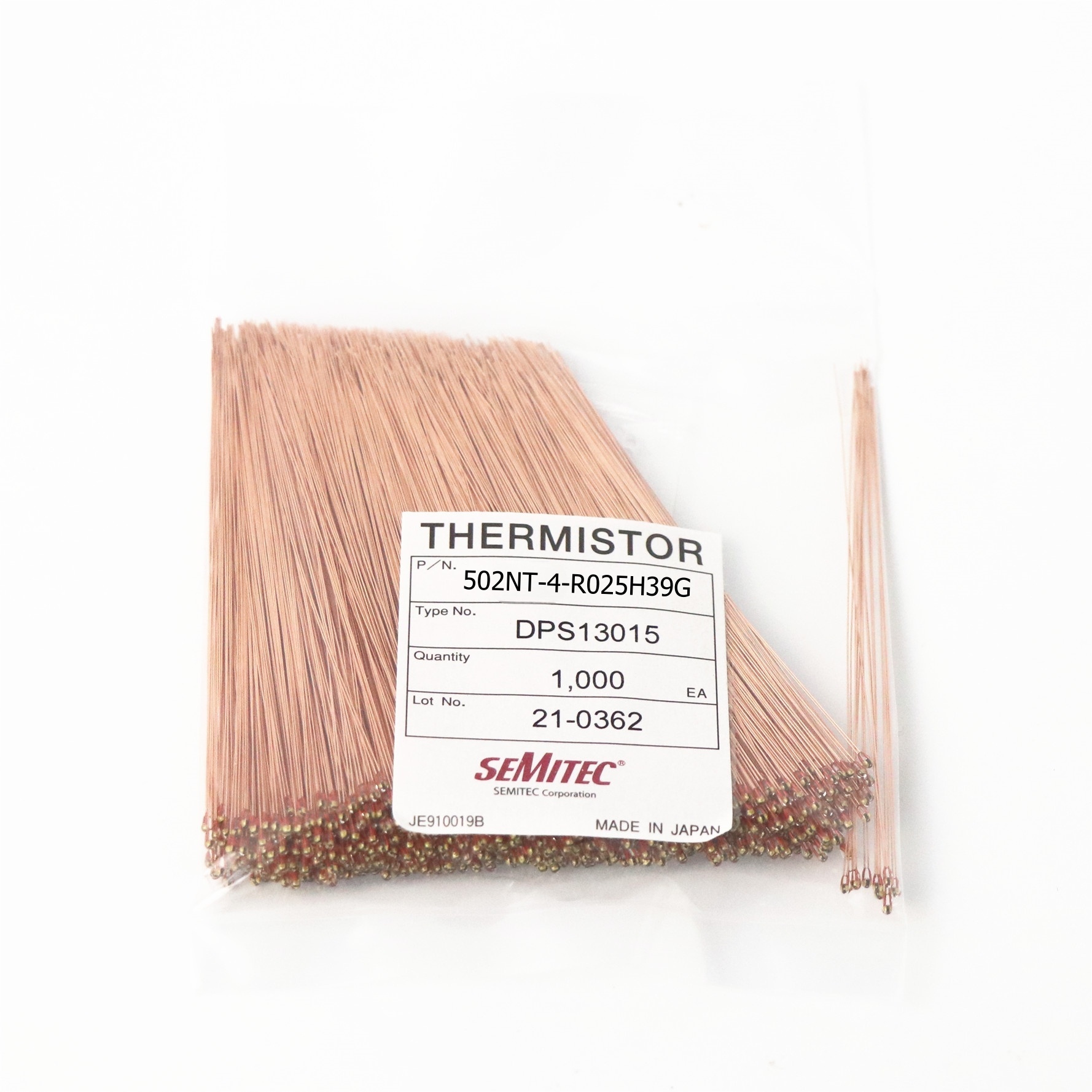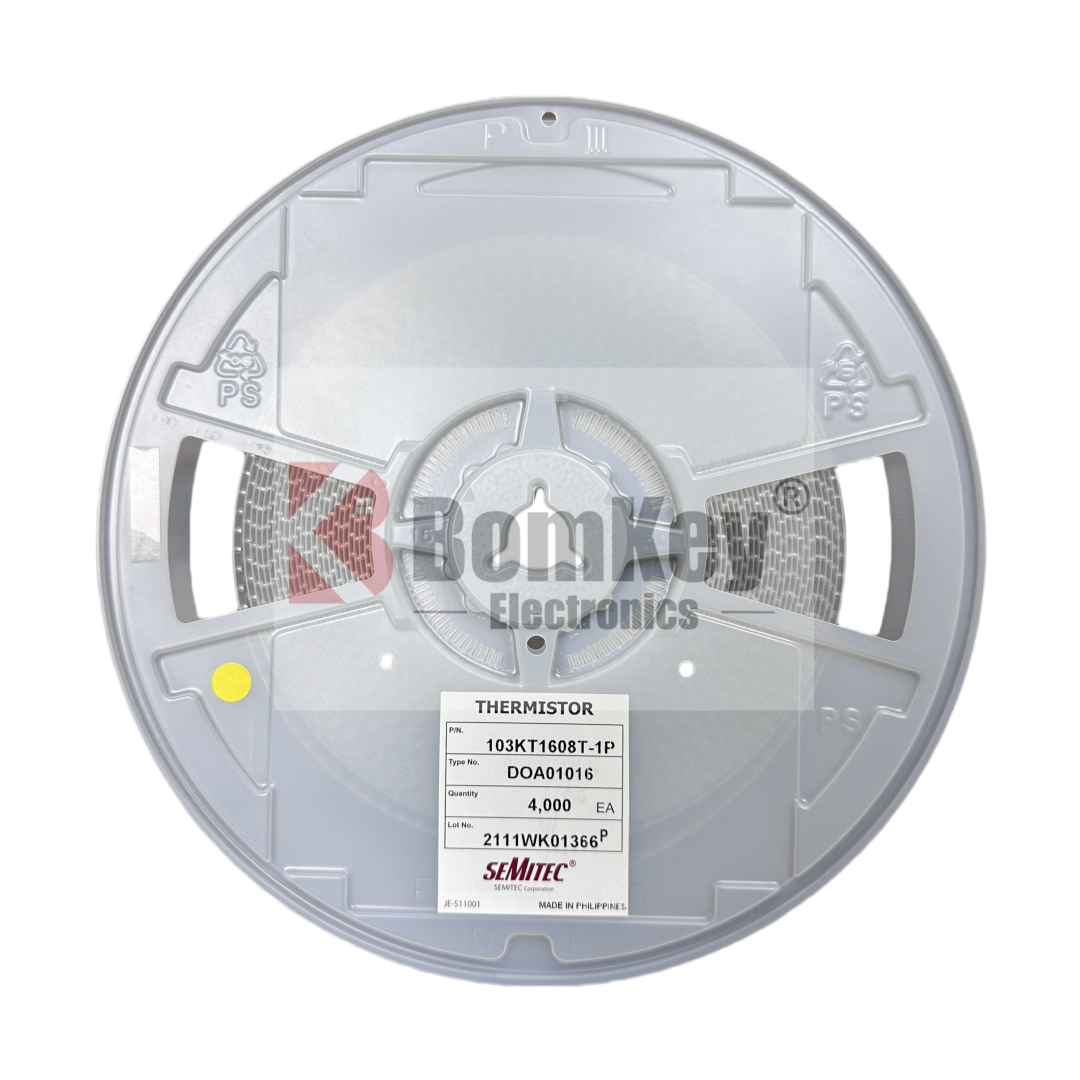Что такое термистор?
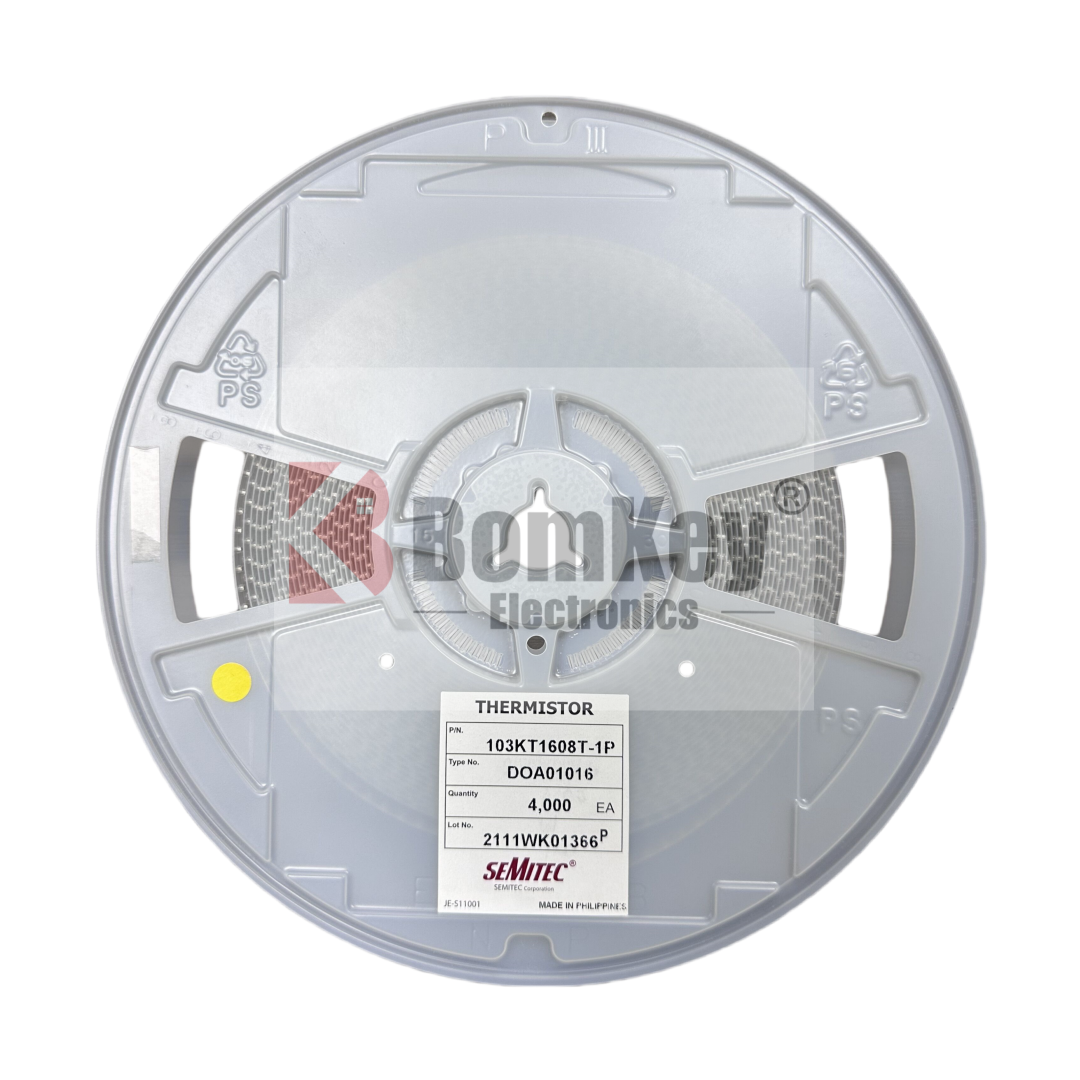
- Парт. №:
- 103KT1608T-1P
- Производитель:
- Semitec USA Corp
- Категория:
- Применения и технологии
- Упаковка:
- 0603 (1608 Metric)
- Техническая документация:
-
 103KT1608T-1P.pdf
103KT1608T-1P.pdf
- Описание:
- NTC THERMISTORS 10K OHMS 3435K 1% 0603
- Оплата:

- Доставка:

Детали статьи
1. what is a thermister?
Thermistor is a generic term for Thermally Sensitive Resistor, a semiconductor component whose resistance value changes significantly with changes in temperature.
Those with a negative temperature coefficient, whose resistance value decreases with increasing temperature (see Figure 1), are called NTC thermistors.
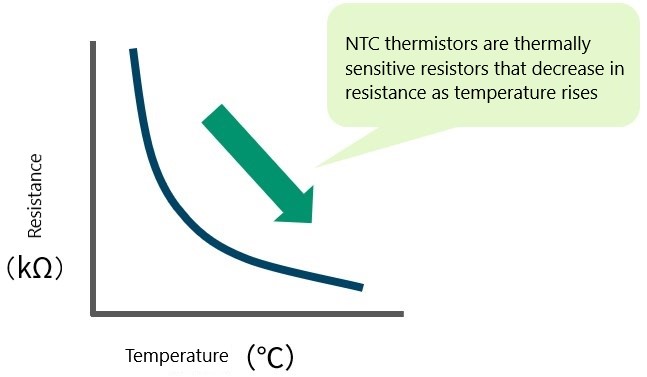
Thermistors are ceramic semiconductors made mainly from metal oxides and sintered at high temperatures. Various characteristics can be obtained depending on the material used.
Because thermistor elements can be flexibly processed into a wide variety of shapes according to the application, they are widely used as temperature sensors for temperature measurement, temperature control, and temperature compensation in all kinds of equipment, including automobiles, home appliances, and medical devices.
2. What are the resistance / temperature chracteristics of thermistors?
The resistance value of thermistors varies greatly with temperature, and as shown in Figure 1, the relationship between temperature and resistance value varies exponentially.
The resistance / temperature chracteristics of a thermistor can be approximated by the relationship between resistance value and temperature over a certain temperature range as shown in Equation 1.

T, Ta: Absolute temperature (K)
R, Ra: Zero power resistance at T, Ta (Ω)
B: B value (K)
3. What is zero power resistance?
Zero power resistance refers to the resistance of a thermistor measured at a constant temperature and at a sufficiently low power consumption that changes in resistance due to self-heating can be ignored, and is denoted "R25". R25 indicates the zero power resistance at 25℃.
4. What is B value?
B value expresses the magnitude of change in resistance value obtained from the temperatures of any two points in the resistance / temperature chracteristics, and is expressed by Equation 2.

Ta, Tb: Absolute temperature (K)
Ra, Rb: Zero power resistance at Ta, Tb (Ω)
B: B value (K)
When this characteristic is graphed with IogR and 1/T, it can be expressed almost linearly.
Figure 2 Graph of resistance vs. resistance / temperature chracteristics
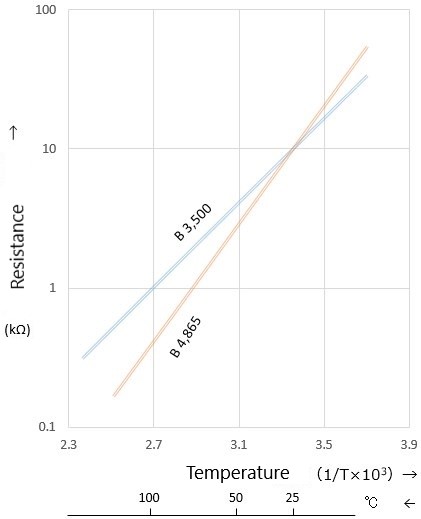
B value is denoted "B25/85," where B25/85 indicates the value calculated from the resistance value between two points, 25℃ and 85℃.
The larger B value, the larger the slope of the graph, which means that it is easier to detect small temperature changes and is more sensitive to temperature changes.
5. What is the heat dissipation constant?
The heat dissipation constant represents the power required to raise the temperature of a thermistor element by 1℃ in thermal equilibrium through self-heating. It is obtained by the ratio of the power consumption of the thermistor to the temperature rise of the element.
If the power consumption of a thermistor is P(mW), the heat dissipation constant is obtained by Equation 3.

δ: Heat dissipation constant (mW/℃)
Ta: Ambient temperature of thermistor (℃)
I: Current flowing through thermistor (mA)
Tb: Temperature of the thermistor when the thermistor rises in temperature and reaches thermal equilibrium (℃)
R: Thermistor resistance value at Tb(℃) (Ω)
The heat dissipation constant is determined by the material, structure, and size of the thermistor.
When using thermistors for temperature measurement, it is advisable to keep the applied power as low as possible to avoid errors in the measured temperature.
6. What is the thermal time constant?
The thermal time constant expresses the time required for the temperature of the thermistor element to change by 63.2% between the initial temperature and the final temperature attained when the ambient temperature of the thermistor is suddenly changed under a zero load condition.
When the thermal time constant (τ) is multiplied by n, the rate of change of the temperature difference is as follows, which means that 95% of the temperature difference changes in about 3 times the thermal time constant.
τ= 63.2% 2τ = 86.5% 3τ = 95.0%
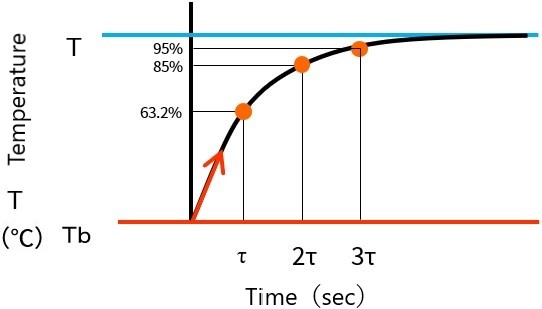
The smaller the thermal time constant, the faster the response speed with respect to temperature change.
For example:
SEMITEC'S KT series thermistor features high accuracy with tight resistance and B-value tolerances of (±1%). The KT thermistor is a high performance, high reliability chip thermistor which complies with IEC standards (dimensions: 1005, 1608) and JIS standards.
SEMITEC’S KT thermistors are fully compliant with RoHS DIRECTIVE2011/65/EU.
| ■ Specifications | ||||||
| Product number | R25 | B value | Dissipation factor | Thermal time constant (s)*3 | Rated power at 25 ℃ (mW) | Operating temperature |
| (mw / ℃) | range (℃) | |||||
| 103KT1608T-1P | 10 kΩ±1% | 3435 K ± 1% | approx. 0.9 | approx. 5 | 4.5 | ― 40 to 125 |
| 503KT1608T-1P | 50 kΩ±1% | 4055 K ± 1% | ||||
| 104KT1608T-1P | 100 kΩ±1% | 4390 K ± 1% | ||||
| 103KT1005T-1P | 10 kΩ±1% | 3435 K ± 1% | approx. 0.7 | approx. 2.2 | 3.5 |
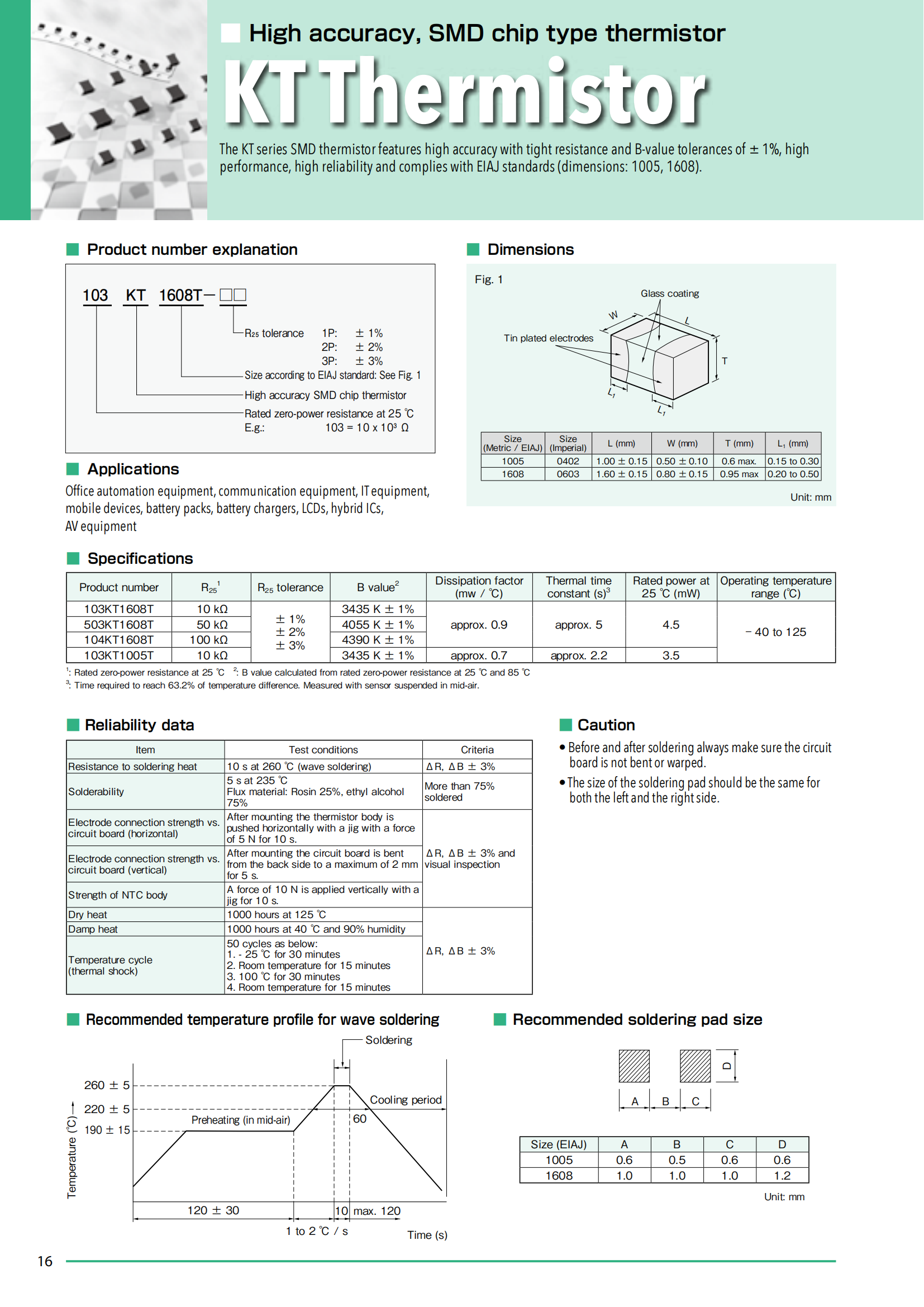
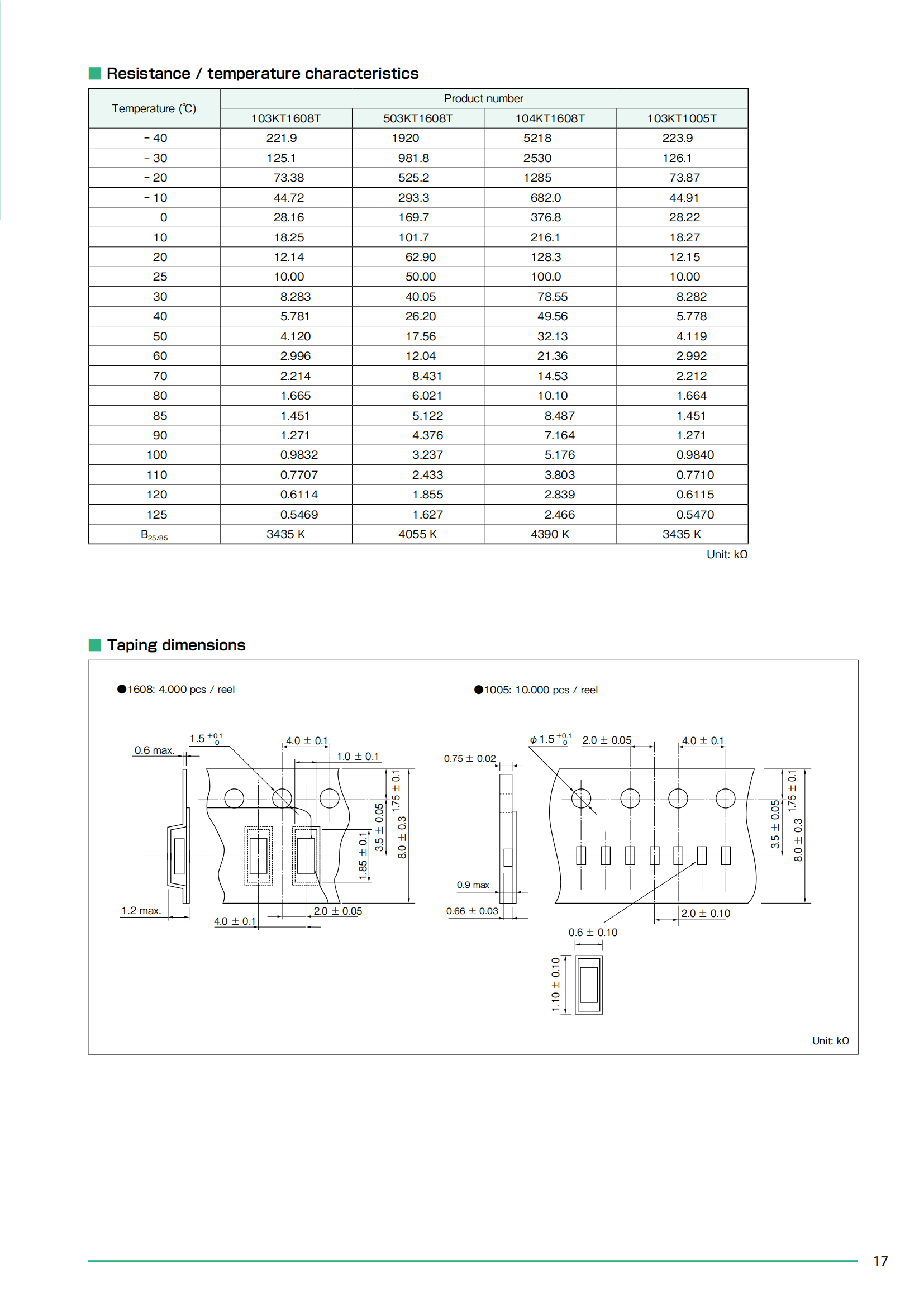
103KT1608T-1P Характеристики
- Атрибуты
- Значение свойства
- Производитель
- Semitec USA Corp
- Серия:
- KT
- Корпус/корпус:
- 0603 (1608 Metric)
- Упаковка:
- Tape & Reel (TR)
- Состояние продукта:
- Active
- Сопротивление в Ом при 25 °C:
- 10k
- Допуск сопротивления:
- ±1%
- Допуск значения B:
- ±1%
- B0/50:
- -
- B25/50:
- -
- B25/75:
- -
- B25/85:
- 3435K
- B25/100:
- -
- Рабочая температура:
- -40°C ~ 125°C
- Мощность - макс.:
- 4.5 mW
- Длина - Провод:
- -
- Тип крепления:
- Surface Mount
- Марка:
- -
- Квалификация:
- -
- Категория:
- Применения и технологии
Публикации
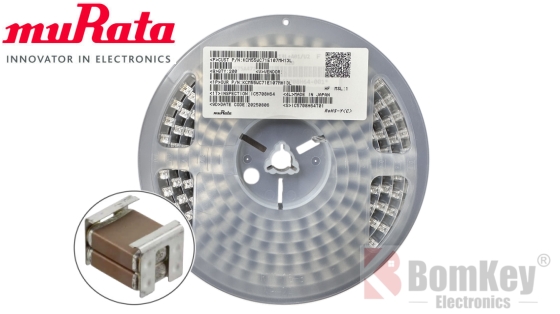
-
muRata серии KCM, модель KCM55WC71E107MH13L
Bomkey Electronics - Недавно популярные в продаже керамические конденсаторы muRata серии KCM, модель KCM55WC71E107MH13L
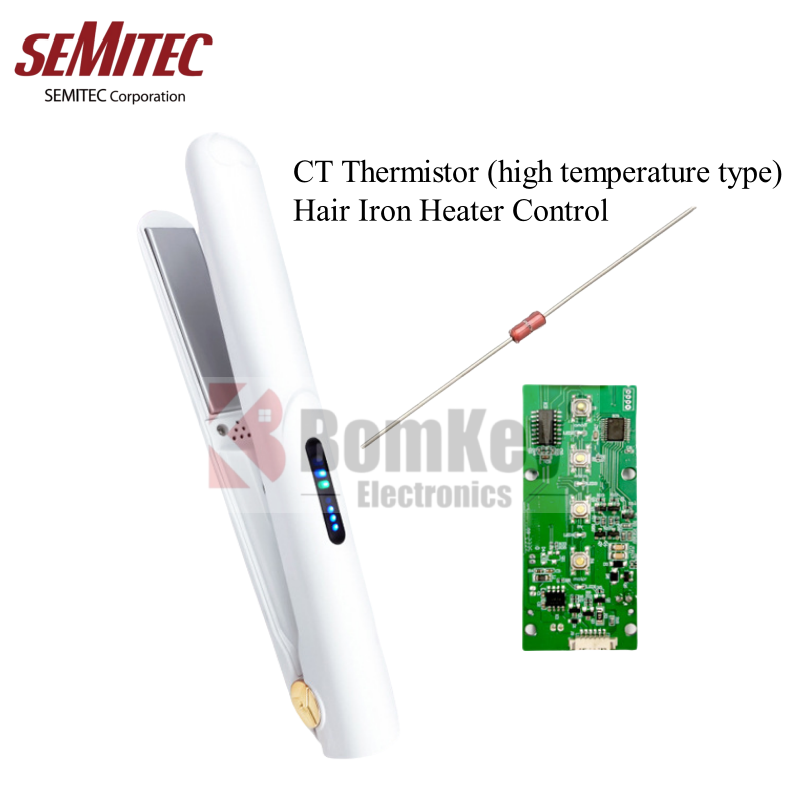
-
Применение высокотемпературного термистора SEMITEC-CT серии в щипцах для завивки волос
Bomkey Electronics является официальным дистрибьютором высокотемпературных NTC-термисторов SEMITEC серии CT, применяемых в решениях для щипцов завивки. По вопросам моделей, таких как 103CT-4 и 252CT-4, обращайтесь к нам!

-
ISABELLENHÜTTE Сравнение технических характеристик резисторов серий PBH и PBV
Сравните высокомощные резисторы серий ISABELLENHUETTE PBH и PBV, включая модели такие как PBV-1R00-F1-0.5, PBV-R050-F1-0.5 и PBH-10R0-F1-1.0. Подробные характеристики и анализ производительности.
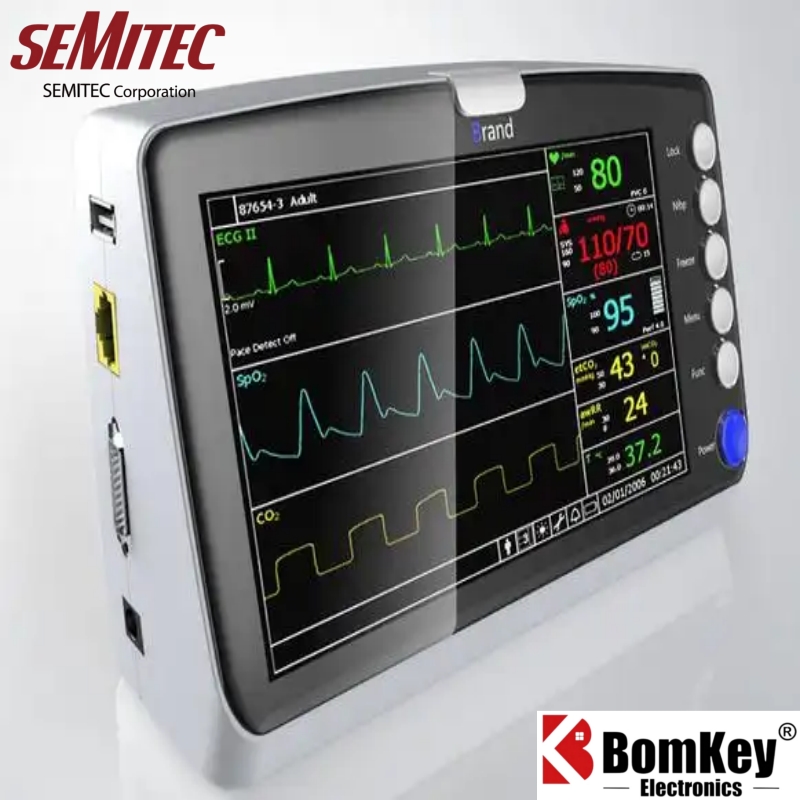
-
Термистор NTC серии ET от SEMITEC очень компактный и обладает высокой чувствительностью
Bomkey Electronics – Официальный дистрибьютор компактных и высокочувствительных термисторов NTC серии ET от SEMITEC, включая модель 104ET-2,103ET-2;212ET-2;503ET-2;503ET-3H87L-20167
На складе: 227,125
Цена за единицу:$0
Общая цена:$0
| Кол-во | Цена за единицу | Общая цена |
| 1+ | $0.150000 | $0.150000 |
| 50+ | $0.130000 | $6.500000 |
| 500+ | $0.110000 | $55.000000 |
| 1000+ | $0.090000 | $90.000000 |
| 4000+ | $0.070000 | $280.000000 |
| 8000+ | $0.060000 | $480.000000 |
| 24000+ | $0.055000 | $1320.000000 |
Инвентарь:227,125
Отправьте нам запрос, и мы ответим незамедлительно.
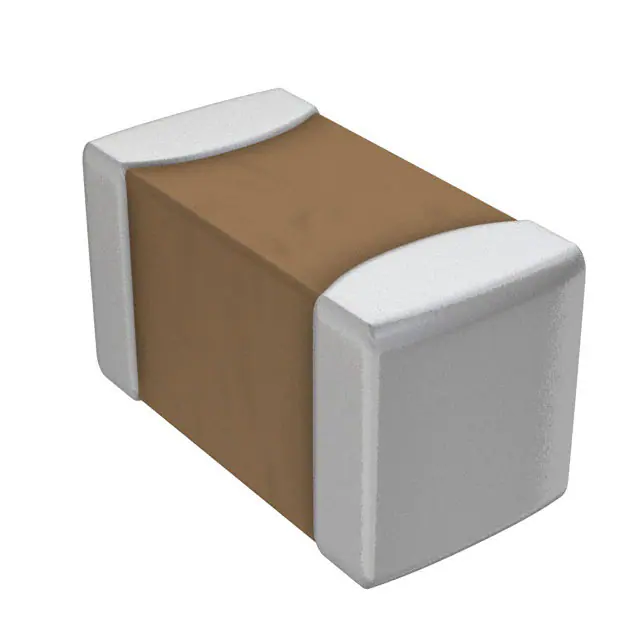
-
NCU15XH103F6SRC
Murata Electronics
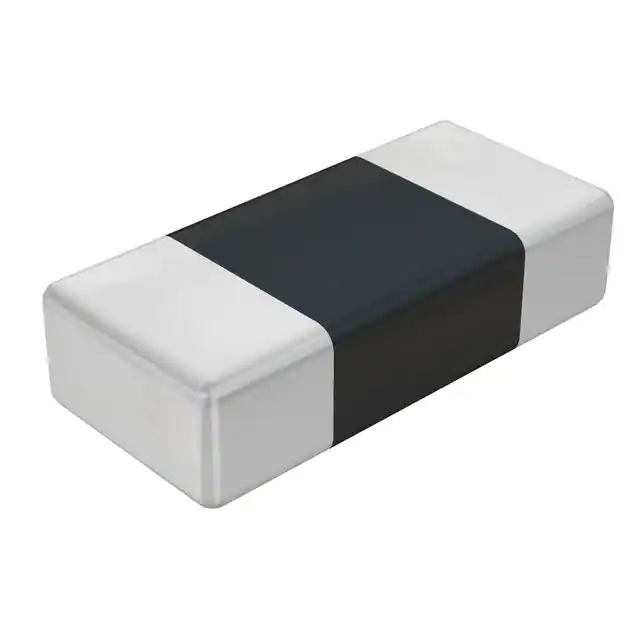
-
ERT-JZEG103FA
Panasonic Electronic Components
.jpg)
-
ERT-J0EM103J
Panasonic Electronic Components
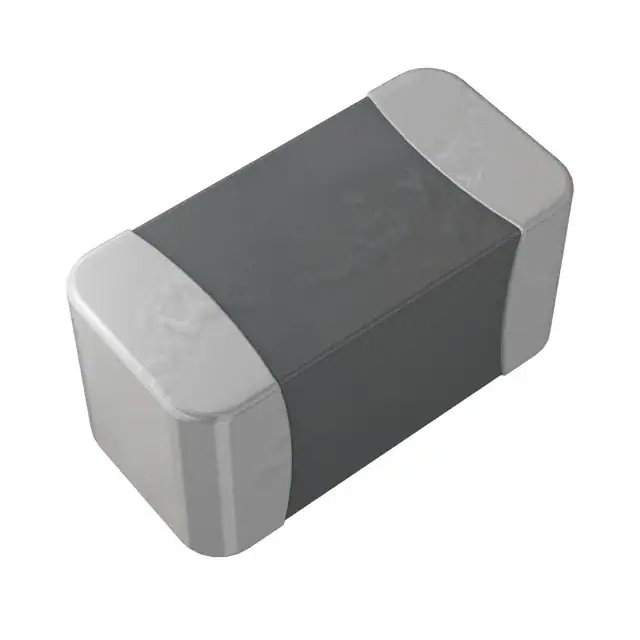
-
NTCG103JF103FT1
TDK Corporation

-
NTCG104EF104FT1X
TDK Corporation
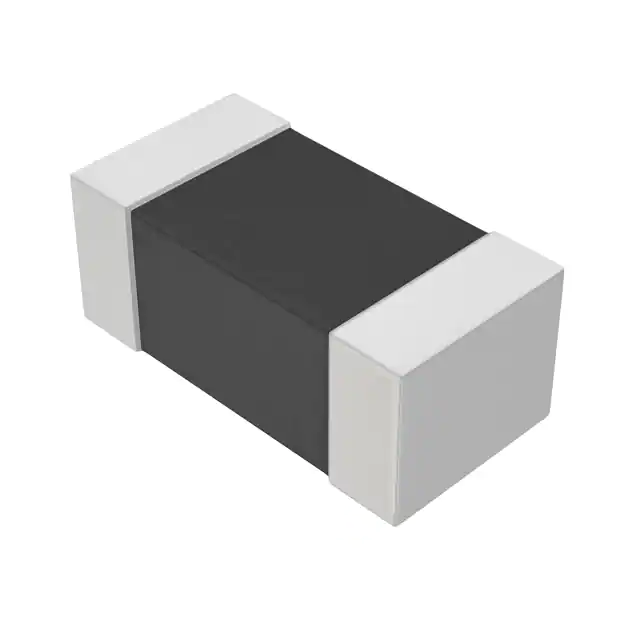
-
ERT-J0ER103J
Panasonic Electronic Components

-
NCP15XH103F03RC
Murata Electronics

-
NCP03WF104F05RL
Murata Electronics

-
ERT-J0EG103FA
Panasonic Electronic Components

-
NCP15WB473F03RC
Murata Electronics

-
NCP15XH103J03RC
Murata Electronics
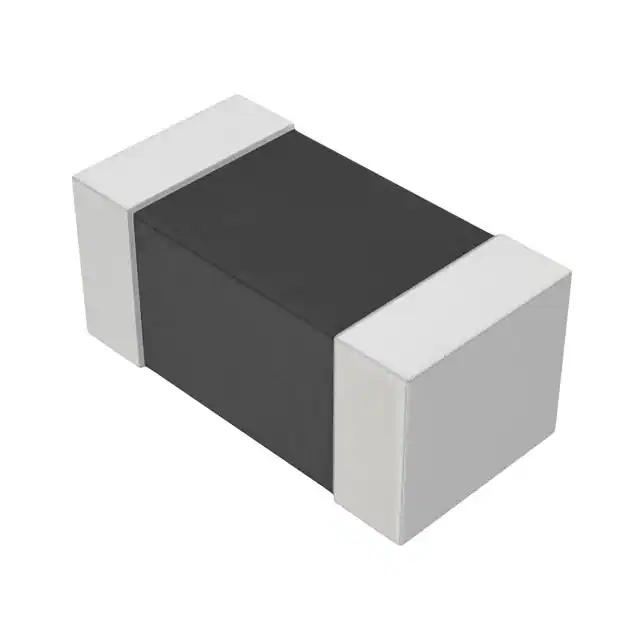
-
ERT-J1VR103J
Panasonic Electronic Components
.jpg)
-
B57232V5103F360
EPCOS - TDK Electronics
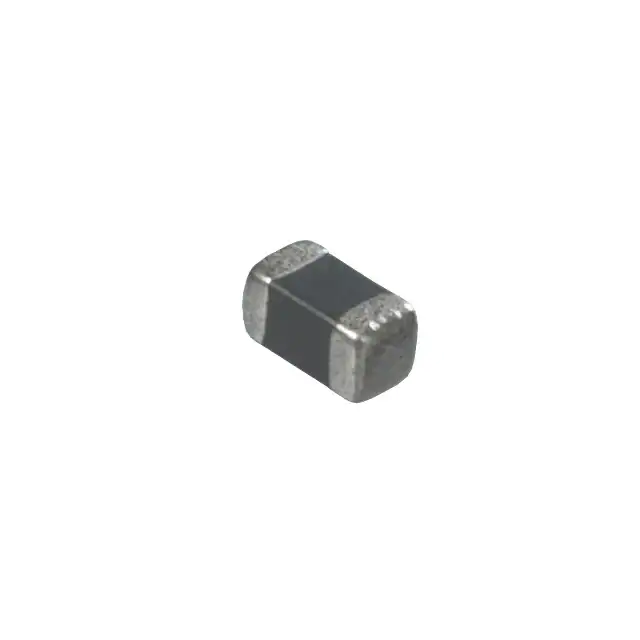
-
NCU18XH103F6SRB
Murata Electronics

-
NCU18XH103F60RB
Murata Electronics

-
ERT-J1VS104FA
Panasonic Electronic Components
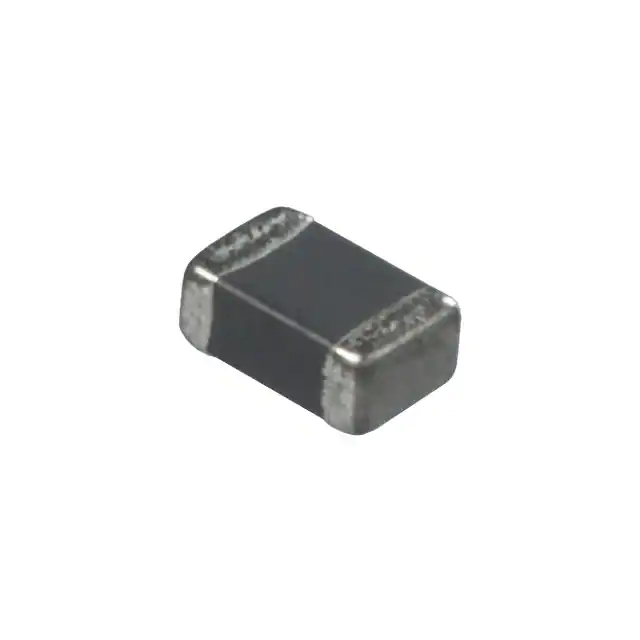
-
NCP21XV103J03RA
Murata Electronics

-
NCP18XH103J03RB
Murata Electronics

-
NCP18XH103F03RB
Murata Electronics

-
NCU18WF104F6SRB
Murata Electronics
Последние новости
- Murata начала серийное производство первых в мире многослойных керамических конденсаторов (MLCC) размера 0402 дюйма с ёмкостью 47 мкФ
-
2025.07.18
bomkey electronics осуществляет дистрибуцию новых многослойных керамических конденсаторов Murata размера 0402 дюйма 47 мкФ, модели GRM158C80E476ME01D и GRM158R60E476ME01D
- SEMITEC — ведущий международный производитель прецизионных термисторов
-
2019.09.09
SEMITEC NTC Термисторы: Каталог продукции
- Первый производитель MEMS-датчиков давления на Тайване — Metrodyne Microsystems
-
2019.09.11
Компания Bomkey Electronics Co., Ltd. является официальным дистрибьютором полного ассортимента датчиков давления Metrodyne.
- Основные компоненты хранения данных и восприятия информации
-
2025.01.15
Основные компоненты хранения данных и восприятия информации
- Мастер точного регулирования электронных сигналов
-
2025.01.15
Мастер точного регулирования электронных сигналов
- Охранник и стюард энергии электронных систем
-
2025.01.15
Охранник и стюард энергии электронных систем
- Ключевые "кранчики" и "переключатели" в мире электроники
-
2025.01.15
Ключевые "кранчики" и "переключатели" в мире электроники
- Основой и источником энергии электронных схем
-
2025.01.15
Основой и источником энергии электронных схем
- Murata представляет первые в мире MLCC 10 мкФ/50 В постоянного тока в корпусе 0805 для автомобильных применений
-
2025.08.15
Bomkey Electronics — официальный дистрибьютор автомобильных чип-конденсаторов Murata (модель GCM21BE71H106KE02L)

